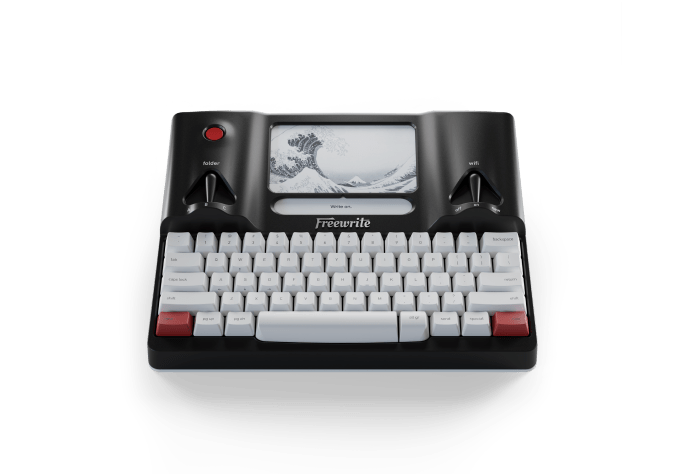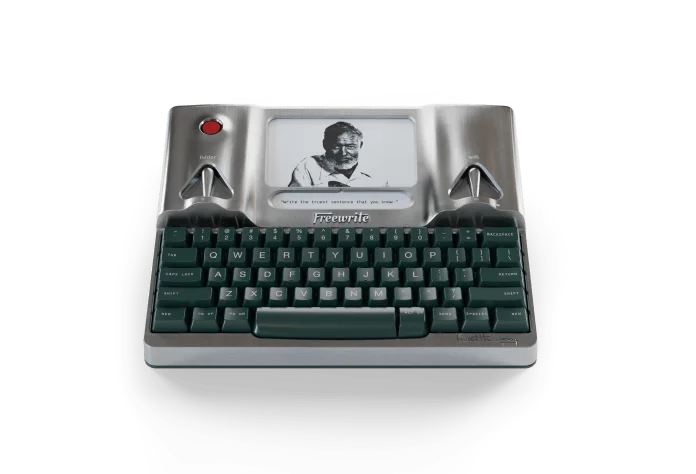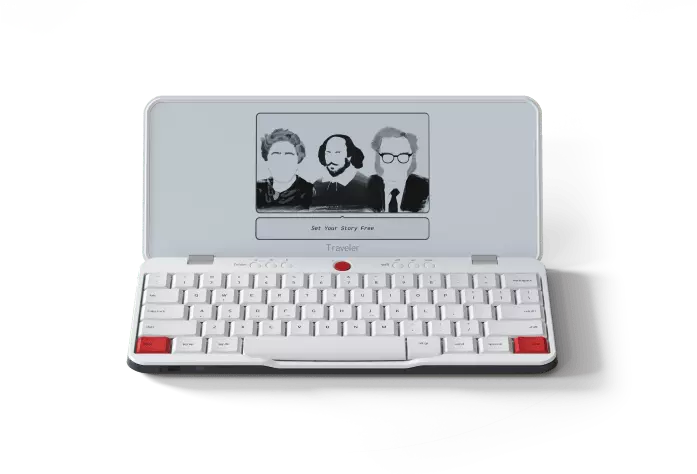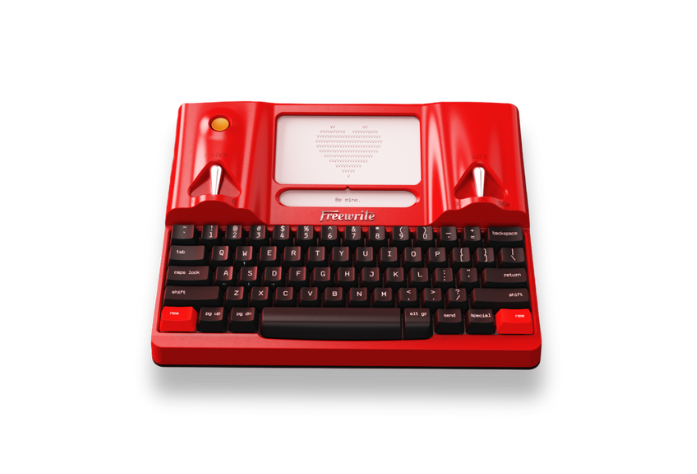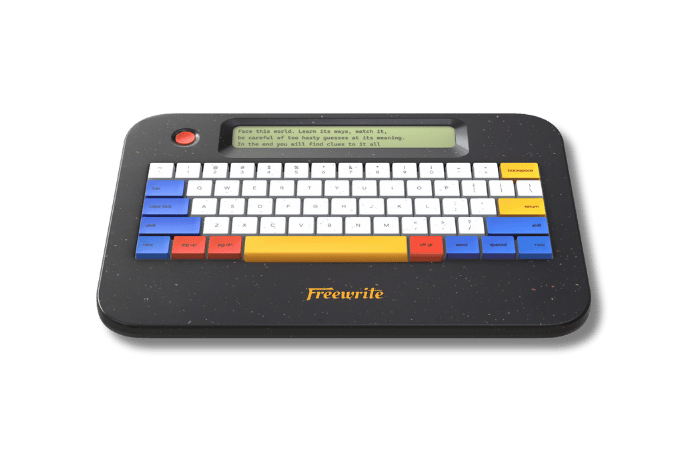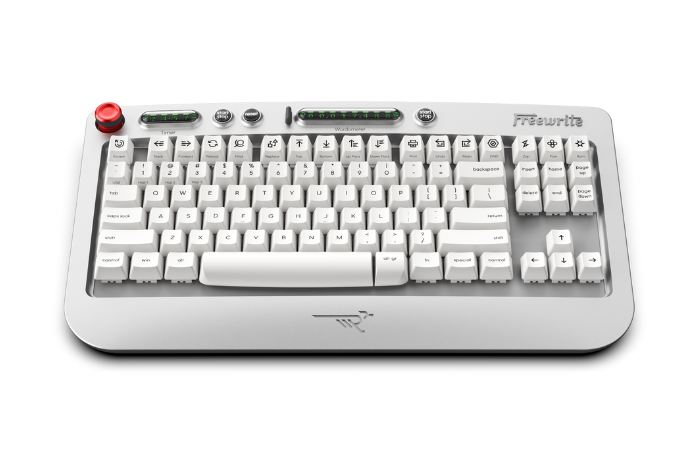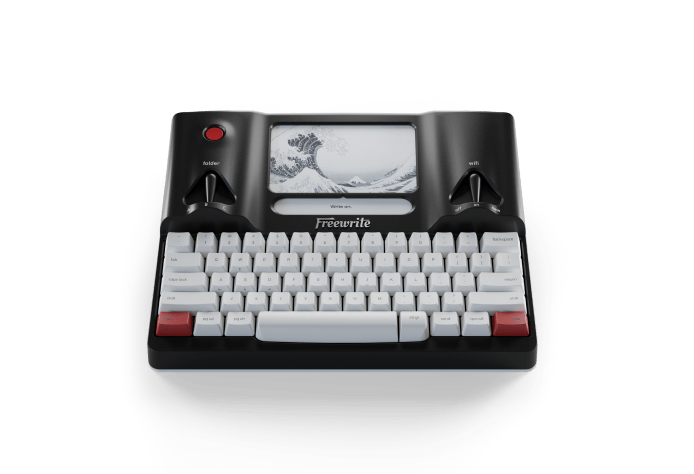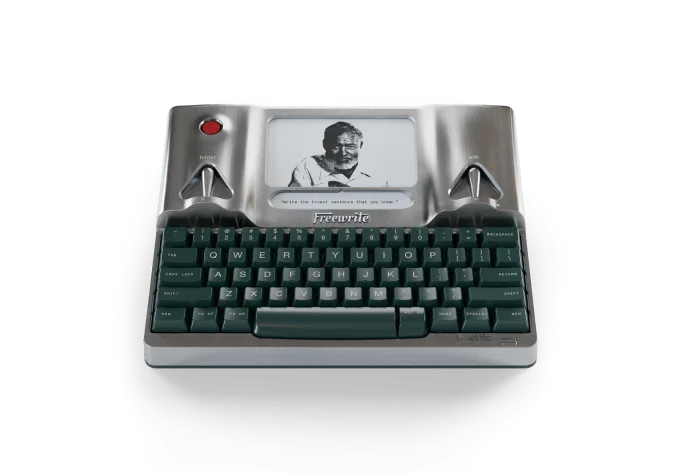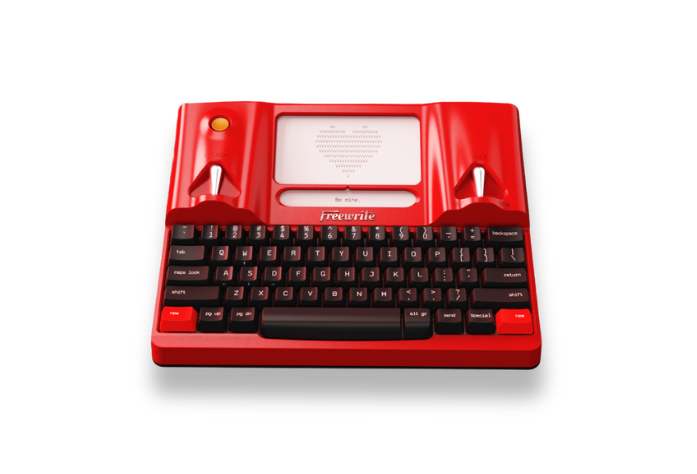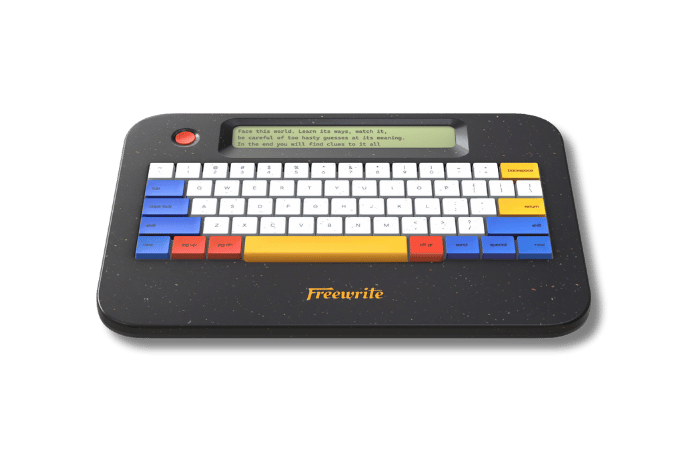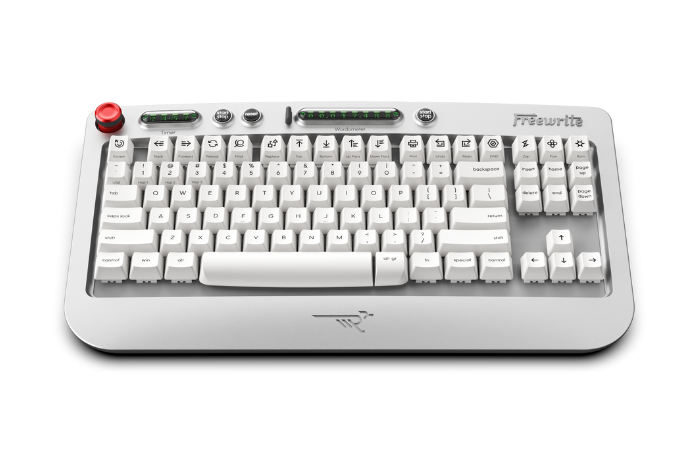Social media has transformed from a simple way to connect with friends into a global force that shapes how we live, work, and interact. Platforms like Instagram, Facebook, TikTok, and Twitter are now part of daily routines, with millions of users checking in multiple times a day. While social media has its benefits, it also comes with a growing concern: addiction.
What may seem like harmless scrolling can quickly turn into hours lost, affecting sleep, mental health, and productivity. For many, checking social media has become second nature - something done without even thinking. As usage increases, so do the consequences, especially for younger generations.
In this article, we’ll explore the latest statistics on social media addiction and the impact it’s having on our lives. From mental health to daily habits, we’ll break down the numbers and what they mean for our well-being.
Statistics on Social Media Addiction
Social media addiction has become a significant issue worldwide, and the statistics paint a clear picture of its impact. Here are some key figures that highlight just how much time people are spending on these platforms and how it’s affecting their lives:
Average Daily Usage
As of 2024, global social media users spend an average of 2 hours and 30 minutes per day on various platforms, according to Statista. In the United States, this daily average is around 2 hours and 15 minutes. This marks a slight decrease compared to previous years, but still underscores the significant amount of time spent engaging with social media. In the United States, this daily average is slightly lower, at around 2 hours and 9 minutes, yet it remains substantial. This high level of engagement is reflective of how deeply social media has become embedded in daily routines. Platforms like Facebook, Instagram, TikTok, and Twitter are often the first things people check in the morning and the last thing they interact with at night. With this constant stream of content, it’s no surprise that people find it difficult to disconnect. Social media use can take up a large portion of free time, leaving little space for offline activities or rest.
Smartphone Ownership
Smartphone ownership remains nearly universal, with 85% of U.S. adults owning a smartphone as of 2024, according to Pew Research, making it easier than ever to stay connected and immersed in social media. Globally, there are nearly 4.88 billion smartphone users, which represents over 60% of the world’s population. This level of smartphone penetration means that people have access to social media platforms anytime and anywhere, whether at home, at work, or on the go. As smartphones continue to evolve with new features and capabilities, they further facilitate engagement with social media, making it harder for individuals to break free from these platforms. With nearly everyone having a pocket-sized computer in their hands, the temptation to check social media frequently is always within reach.
Frequency of Checking Phones
Americans check their phones an average of 144 times per day, according to recent data from Reviews.org. This staggering figure highlights the habitual nature of smartphone use. With the constant pinging of notifications, users feel compelled to check their phones throughout the day. These checks often include not only social media platforms but also messages, emails, and other apps that draw our attention. This kind of behavior has been linked to the addictive nature of smartphones, as they encourage users to stay connected and continually return to them. The frequent checking becomes so ingrained in daily life that it’s easy to overlook how much time is spent on these devices. It’s no surprise that such behavior is often tied to a feeling of dependence or addiction.
Impact on Sleep
Social media usage is also taking a toll on sleep quality. A survey conducted by the American Academy of Sleep Medicine revealed that a significant portion of Gen Z respondents have stayed up past their bedtime to engage with social media. Many of these individuals report scrolling late into the night, which negatively impacts their ability to fall asleep and get restful sleep. Sleep deprivation caused by late-night social media use is linked to a variety of health issues, including increased stress, poor cognitive function, and weakened immune systems. Moreover, the blue light emitted by smartphones can interfere with the body’s production of melatonin, making it even harder to fall asleep. The addictive nature of social media means that users often prioritize staying connected over getting enough rest, which can have long-term consequences for both physical and mental health.
Mental Health Concerns
Social media is increasingly linked to negative mental health outcomes, with studies showing that excessive use can contribute to anxiety, depression, and loneliness among adolescents, though specific percentages vary across reports. Among young people, the mental health consequences are even more apparent, with 41% of teenagers reporting that their mental health worsened as a result of spending large amounts of time on social media. The pressure to maintain a perfect online persona, constant comparison to others, and fear of missing out (FOMO) are some of the factors that contribute to these mental health struggles. This trend highlights the darker side of social media and the impact it can have on those who spend excessive time on these platforms.
These statistics show how deeply social media is woven into our daily lives and its growing influence on both our behaviors and well-being. It’s clear that while these platforms provide many benefits, the addiction they foster is a growing concern.
How Freewrite Helps You Focus and Reduce Screen Time
Reducing social media addiction is no easy task, especially in today’s hyper-connected world where smartphones are constantly buzzing with notifications. One powerful tool to help reduce screen time and improve focus isFreewrite, a distraction-free device designed to help you stay productive without the constant pull of social media. Freewrite offers a range of devices, including the Traveler, Alpha, or Smart Typewriter, each designed to foster a focused, screen-free environment where you can maximize your creativity and productivity.
Here’s a breakdown of each device and what makes it unique:

Traveler
TheTraveler is a lightweight and portable writing tool, ideal for those who want to write on the go without distractions.
Key highlights:
-
E Ink screen that mimics the appearance of ink on paper, reducing eye strain and allowing for comfortable reading in various lighting conditions.
-
Compact, foldable design that makes it easy to carry and store.
-
Full-size mechanical keyboard for a comfortable typing experience.
-
Long-lasting battery life, providing extended usage between charges.
-
Automatic cloud syncing via Wi-Fi to services like Dropbox, Google Drive, and Evernote.

Alpha
TheAlpha is a minimalist, distraction-free writing device designed for focused drafting sessions.
Key highlights:
-
Fast-refreshing LCD screen with adjustable backlight, suitable for day and night writing.
-
Instant-on functionality with no software to load, allowing you to start writing immediately.
-
Lightweight and portable design, weighing under 2 lbs.
-
Long battery life, offering up to 100 hours of use on a single charge.
-
Mechanical keyboard with low-profile Kailh Choc V2 switches for a satisfying typing experience.

Smart Typewriter (Gen3)
TheSmart Typewriter (Gen3) combines the nostalgia of a traditional typewriter with modern technology to provide a focused writing environment.
Key highlights:
-
E Ink display with frontlight, ensuring easy reading in any lighting condition.
-
Full-size mechanical keyboard featuring Kailh Box Brown switches for tactile feedback.
-
Durable aluminum body with a built-in handle for portability.
-
Automatic cloud syncing to services like Dropbox, Google Drive, and Evernote.
-
Offline functionality with local storage, allowing you to write without an internet connection.
Whether you’re a writer, a student, a creative, or just someone trying to step away from digital noise, Freewrite devices offer a simple, powerful way to reclaim your focus and reduce screen time. Each model is built with the same core philosophy: minimize distractions, support your flow, and help you do more of what matters - without the pull of social media.
Unlike smartphones or computers filled with endless notifications, apps, and emails, Freewrite devices are purpose-built for one thing: focused work. These devices offer a smooth and immersive writing experience, where the only thing you can do is work, whether you're writing, journaling, or brainstorming ideas. By removing the distractions that come with traditional devices, Freewrite helps you escape the endless cycle of social media and focus solely on your tasks.
Freewrite’s distraction-free design creates a “walled garden” for your productivity. You can concentrate on your work without being tempted to check your social media, answer emails, or open irrelevant apps. This helps break the habit of mindlessly checking your phone, allowing you to focus better and get more done in less time. Many Freewrite users report writing 2-3 times faster, with the focus and simplicity that come with a device built specifically for deep work.
Additionally, Freewrite’s suite of tools, including Postbox, allows seamless cloud integration, ensuring your work is always backed up and easily accessible, all while keeping you away from the distractions of the internet. The Sprinter feature, designed for fast, distraction-free writing, ensures a smooth and efficient experience, enabling you to focus solely on your tasks. It makes Freewrite more than just a device; they embody a philosophy of focused productivity and mindful engagement with technology.
If you're serious about reducing social media addiction and improving your productivity, Freewrite is your ideal companion for staying focused and creating without distraction. Whether you choose the Traveler, Alpha, or Smart Typewriter, Freewrite helps you build a healthier relationship with technology and regain control of your time.
Role of Smartphones in Social Media Addiction
Smartphones have played a major role in fueling social media addiction. With nearly everyone carrying a device, accessing platforms like Instagram, Facebook, and TikTok has never been easier - whether you’re in line at a store, in bed, or on a break. This constant availability makes it hard to disconnect, turning social media into a reflexive habit for many.
What makes it even harder to resist is how these apps are designed. Endless scrolling, algorithm-driven feeds, and a steady stream of new content keep users engaged for longer than they intend. It’s easy to lose track of time when there’s always something new to see, and before you know it, hours have passed.
Notifications add another layer to this addictive cycle. Each alert - a like, a comment, a message - delivers a small dopamine hit that makes us want to check our phones more frequently. Over time, we become conditioned to respond to these pings immediately, reinforcing our dependence on social media.
This constant connection doesn’t just eat up our time; it affects how we feel. Frequent interruptions make it harder to concentrate, while non-stop scrolling can lead to anxiety, stress, and FOMO. Ultimately, the design of both smartphones and social media platforms encourages a loop of behavior that’s hard to break, making social media addiction a growing concern.
How Smartphones Make Social Media Harder to Resist:
-
Constant access anytime, anywhere - even during short idle moments
-
Endless scrolling features designed to keep you engaged
-
Algorithm-driven feeds that surface personalized, attention-grabbing content
-
Frequent notifications that trigger instant reactions
-
Dopamine hits from likes, comments, and messages
-
No clear stopping points, making it easy to lose track of time
How to Deal with Social Media Addiction
Social media can quickly go from a fun way to stay connected to a habit that drains your time, focus, and energy. The good news? A few small changes can help you regain control. Here are some simple, practical ways to cut back and create a healthier relationship with your screen:
-
Set screen time limits: Use built-in tools on your phone or apps to monitor and restrict daily usage on social media platforms.
-
Turn off notifications: Silence non-essential alerts so you’re not constantly pulled back into your feed every time your phone buzzes.
-
Create phone-free zones: Designate certain areas of your home, like the bedroom or dining table, as no-phone zones to encourage more presence and less scrolling.
-
Replace scrolling with something better: Fill downtime with activities that are actually fulfilling - reading, journaling, exercising, learning something new, or just taking a walk.
-
Schedule social media time: Instead of checking constantly, block out specific times during the day to catch up, so it doesn’t bleed into everything else.
With small, consistent shifts, you can start to break the habit and make space for what matters most without giving up your digital life entirely.
Conclusion
Social media addiction is a growing challenge in our tech-driven world, but with the right strategies and tools, it's entirely possible to regain control of our time and focus. Simple steps like setting screen time limits, turning off notifications, and creating phone-free spaces can make a big difference in reducing distractions and improving mental well-being.
Freewrite devices offer a unique solution for anyone who wants to escape the constant pull of social media and get more done. Whether you’re writing, studying, or just trying to focus on a personal project, Freewrite’s distraction-free devices like the Traveler, Alpha, and Smart Typewriter help you stay on task by eliminating digital distractions. These tools don’t just help you get more done - they help you reclaim your focus and build a healthier relationship with technology.
Reducing screen time and social media use might feel challenging at first, but with the right mindset and tools, it’s completely achievable. Freewrite devices are a great companion on this journey, giving you the freedom to work, create, and focus without constantly being sidetracked by digital noise. With Freewrite, you can find your flow, improve your productivity, and get back to what really matters.
FAQ
What are some effective strategies to reduce social media addiction?
Some effective strategies include setting screen time limits, turning off notifications, creating phone-free zones, setting specific times for social media use, and replacing social media with productive or relaxing activities like reading or journaling.
How can turning off notifications help with social media addiction?
Turning off notifications reduces the constant interruptions and temptations to check your phone, allowing you to stay focused on tasks and minimizing the urge to check social media apps every time your phone pings.
Can creating phone-free zones in my home help with social media addiction?
Yes, setting up phone-free zones in areas like the bedroom or dining room can help reduce your screen time and encourage more mindful activities, such as spending quality time with family or focusing on personal hobbies.
How does social media affect mental health?
Excessive social media use can lead to feelings of anxiety, depression, low self-esteem, and isolation. It can also contribute to sleep disturbances, as many people stay up late scrolling through their feeds.
What is the “walled garden” approach in productivity tools?
The "walled garden" approach refers to creating an environment where only one task can be done at a time, free from the distractions of apps, notifications, or browsing. This method helps users stay focused and eliminate temptations that pull them away from their work.
How can reducing screen time benefit my productivity?
By reducing screen time and cutting out digital distractions, you can improve your focus, enhance your ability to complete tasks, and boost your creativity. This leads to more productive work sessions and better overall results.
How much time should I aim to reduce from my social media use each day?
A good starting point is to reduce your social media use by 30 minutes to an hour per day. Gradually cutting back over time can help you form healthier habits and give you more time to focus on other activities.
How do Freewrite devices help reduce social media distractions?
Freewrite devices, like the Traveler, Alpha, and Smart Typewriter, are designed for distraction-free work, limiting internet access to essential functions like cloud syncing via Postbox, while blocking apps and social media.
Are Freewrite devices only for writers?
No, Freewrite devices are perfect for anyone who wants to reduce distractions and improve focus. Whether you're working, journaling, studying, or just seeking a distraction-free environment, Freewrite helps you stay focused and productive.

